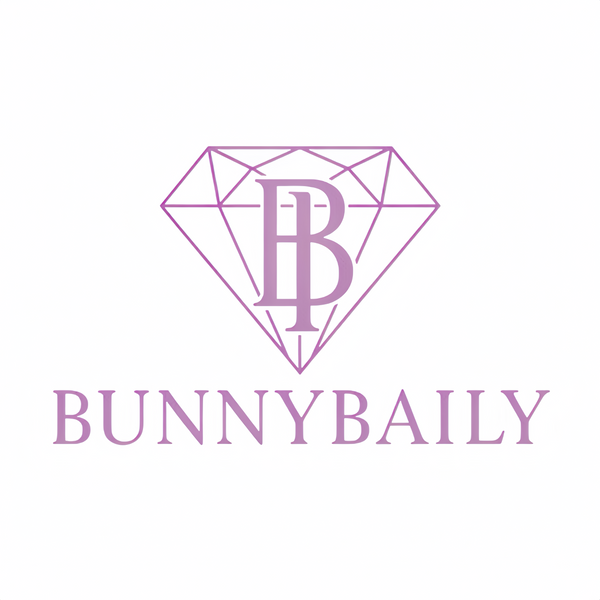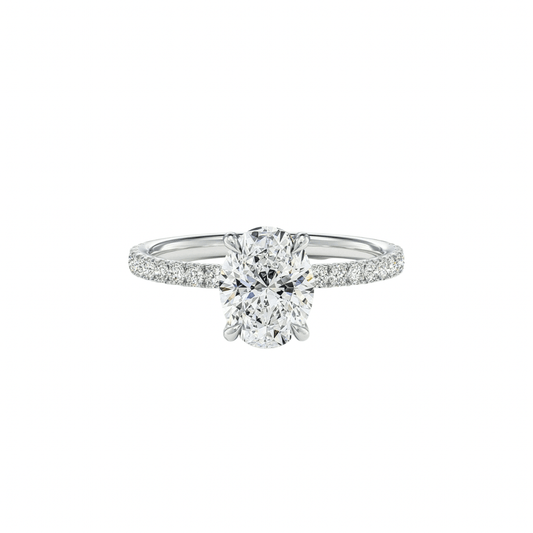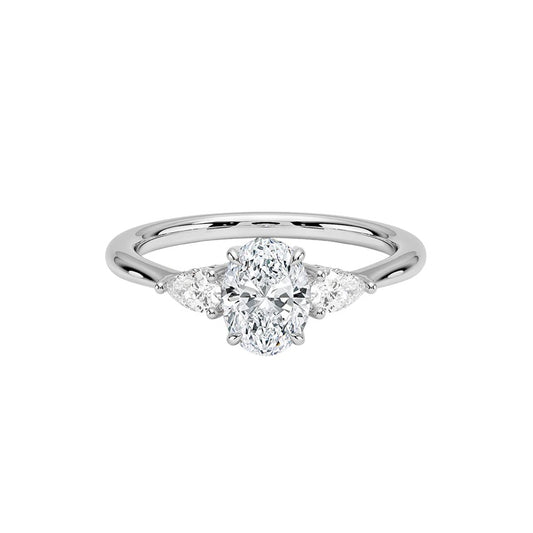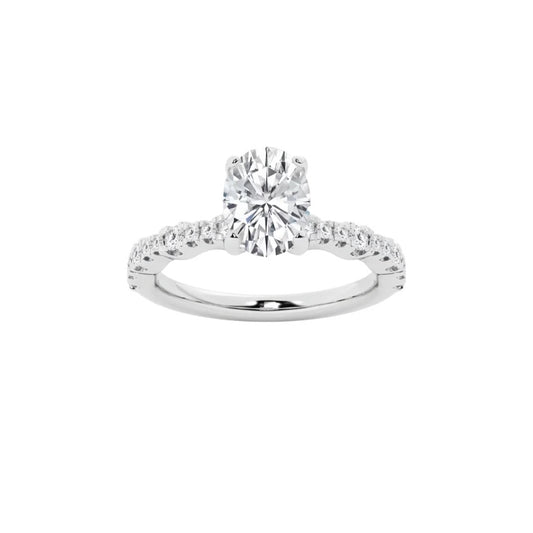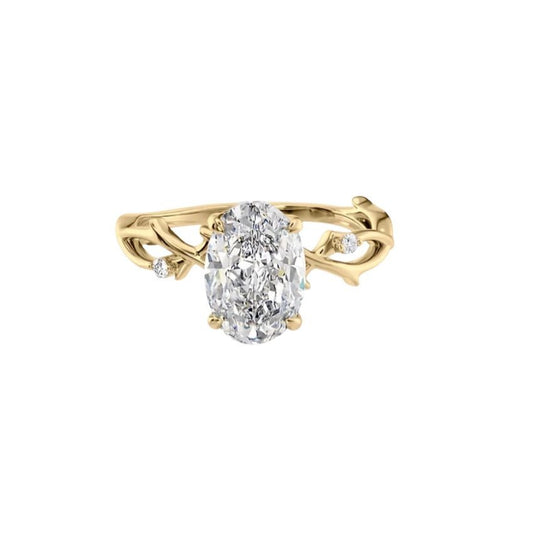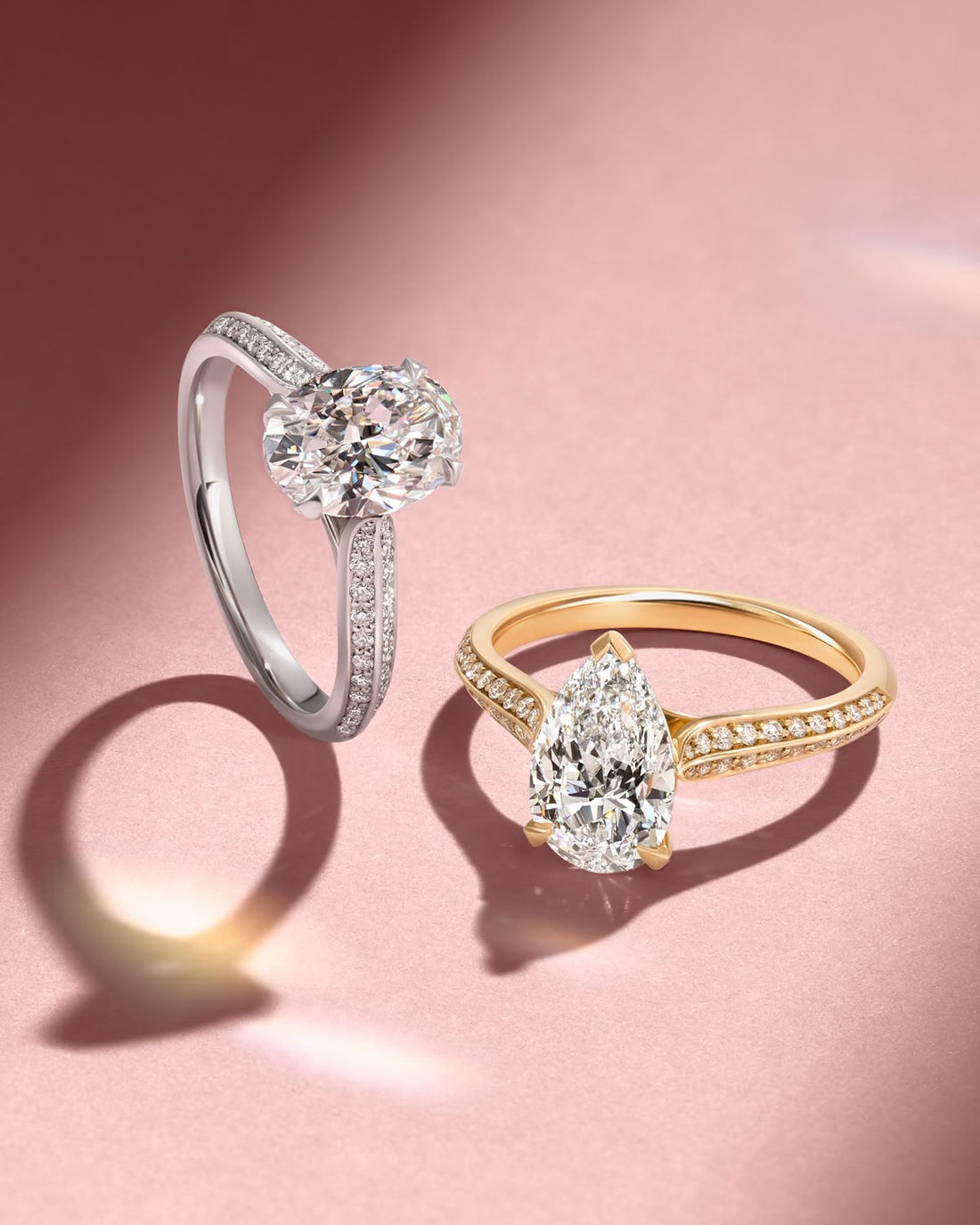
Why 1-Carat Diamond Rings Can Vary So Much in Price

Introduction
Many buyers wonder why a 1 carat diamond ring can costs so different amounts. Prices can range from a few hundred to several thousand dollars. The difference isn’t caused by a single factor . It’s the result of a mix of the diamond type, the 4Cs, certificates, the brand, and where you buy. If you want to find (or are already searching for) a great 1 carat ring for the best value, read this guide. It will help you understand the diamond market’s complexity and make the smartest choice.
Table of Contents
- Diamond types: natural vs. lab-grown
- The 4Cs and why each matters
- Hidden factors that affect price
- How to buy the best value 1-carat diamond
- FAQs
Diamond Types
The diamond market today has four main types. Natural diamonds. Lab-grown diamonds. Treated gems with better color or clarity. Recycled or pre-owned diamonds. Each type has its own value. Natural diamonds are rare and carry a long tradition. Lab-grown diamonds are popular for being sustainable, ethical, and eco-friendly. But natural diamonds can still have some risk of being “blood diamonds.” It’s very hard to make them 100% conflict-free and they also expensive. These two factors lead more people to buy lab-grown or recycled diamonds instead. When you know these types, shopping is easier. Two 1 carat diamond rings may look the same. But their prices can be very different.

Natural Diamonds
Natural diamonds form in the earth over millions or billions of years. They are mined, cut, and graded. Natural diamonds often cost more. They are rare. They have long been seen as a luxury. When people talk about investment or heirloom pieces, they usually mean natural diamonds.
Lab-Grown Diamonds
Lab-grown diamonds are created in a controlled environment. They have the same chemical and optical properties as natural diamonds. Lab-grown diamonds cost less. Buyers can get a bigger diamond or a better cut with the same budget. They also avoid many mining-related concerns.
Factors That Influence Diamond Price — The Four Cs
Sellers and certificates use the 4Cs to assess diamond quality. They are Carat, Cut, Clarity, and Color. Each C affects the price in a different way. Learn which C matters most for appearance — and which ones you can relax on to save money.
Diamond Carat Weight
Carat measures weight. A 1 carat diamond is a standard and popular choice. Small differences in carat can change price a lot. Diamonds just under big size marks often cost less, but they looks almost identical. For example 0.99 carat vs. 1.00 carat, look almost the same but 0.95 carat diamond more cheaper. If you want a full 1.00 carat but want to save money, look for excellent cut and mid-tier clarity and color.
Diamond Cut
Cut is one of the most important visual factors. A diamond's cut refers not only to its shape but also to how well it reflects light back to the viewer's eye. Two diamonds with the same carat can look very different if one is well cut and the other is not. Prioritize the best cut grade you can afford — it has the biggest impact on sparkle.
Diamond Clarity
Clarity measures the diamond's internal flaws, also known as inclusions. Many inclusions are tiny and not visible to the naked eye. These are called “eye-clean diamonds”. For example, Some natural diamonds or diamonds with clarity grades of IF and above. Flawless or internally flawless diamonds are rare and very expensive. If you're looking for the best value, choose an eye-clean diamond.
Diamond Color
The diamond industry uses the GIA D–Z color scale. D means the diamond is completely colorless. Z means it has a slight yellow or brown tint. Colorless diamonds are more expensive. But, well-cut diamonds often have a lighter face-up color. Most engagement rings and fine jewelry use diamonds in the D to J color range for a dazzling and timeless look. If you want to save money and maintain a beautiful appearance, choose a nearly colorless diamond.
Hidden Factors That Influence Pricing

Certification and Grading Reports
A diamond with a strong certificate sells for more. The GIA and AGS are the most trusted labs. A certificate proves the diamond’s listed Four Cs. If a diamond lacks a certificate, its price may be lower — but you also take on risk. Always ask for a grading report.
Sourcing and Ethics
Conflict-free and ethically sourced diamonds often cost more. Ethical sourcing involves fair labor, environmental care, and supply-chain transparency. Many buyers choose lab-grown diamonds because they are ethical and eco-friendly.
Brand and Marketing
Why do two identical diamonds have different price tags? Branding. Luxury houses charge more for the same or similar diamonds. Brand name, store experience, and marketing all inflate cost. If you want brand prestige, be prepared to pay a premium. If you prioritize value, consider trusted independent retailers or direct-to-consumer brands. Choose BunnyBaily, all our diamonds are conflict-free and come with IGI certified, so you can shop with confidence.

How to Get the Best Value Buying a 1-Carat Diamond
Consider Lab-Grown Diamonds
Lab-grown diamonds are a smart choice when budget and ethics matter. For the same price, you can often get a larger or higher-quality diamond compared to a mined diamond. This is a major reason lab-grown diamonds have gained popularity.
Prioritize the Most Important Grading Factors
Not all 4Cs are equally visible. Prioritize cut first, then carat, then clarity, then color — in most cases. That order gives the most sparkle for your money:
- Cut: choose the best cut you can afford (Excellent/Ideal when possible).
- Carat: pick the target size (1.0 carat is a strong sweet spot).
- Clarity: choose VS2–SI1 for good value; inclusions are often invisible without magnification.
- Color: select G–H for near-colorless and the best value vs. D–F.
Buy from Trusted Retailers — Why BunnyBaily Stands Out
Where you buy matters. Buying from a transparent retailer reduces risk and can increase value. At BunnyBaily, we prioritize clear certification and honest grading. Our products include both CVD and HPHT lab-grown diamond options. We can satisfy your 1 carat diamonds and jewelry needs.
Procurement Channels — Where to Buy and Why It Matters
Local Retailers and Jewelry Stores
Pros: You can see diamonds in person and try settings.
Cons: Higher overhead and higher prices. If you buy locally, ask for written return policies and certification.
Online Retailers
Pros: Lower prices, larger selection, easy comparison tools.
Cons: You must trust photos and reports without seeing the diamond live. Choose retailers with strong return policies and visible certificates.
Auctions and Estate Sales
Pros: Potential deals on unique stones. Cons: Risky if certificates are missing or grading is unclear.
Direct-to-Consumer Brands
Direct-to-consumer brands often cut middleman costs. BunnyBaily combines transparency, certification, and a thoughtful selection. We list detailed reports with each diamond and highlight the best cut-to-price options. Our return policy and customer support are designed to reduce buying anxiety.
The Smart Shopper’s Checklist
Prioritize cut over small differences in color or clarity.
Consider lab-grown diamonds for better size-for-budget.
Ask for a GIA or AGS certificate.
Compare the same carat across different settings and cuts.
Shop trusted retailers with clear return policies.
Use anchor pages and product collections to compare items fast.
Conclusion
Price differences for 1-carat diamond rings come down to many small choices. The Four Cs—especially cut and carat—play a major role. Certification, sourcing, and brand push prices higher. Lab-grown diamonds offer value and ethical advantages. The best strategy is to prioritize cut, get a certificate, and buy from a trusted seller. If you want a fast start, check BunnyBaily’s 1 carat collections and our Diamond 4C Guide to compare stones and settings with confidence.
FAQs About 1 Carat Diamond Ring
Is a lab-grown 1-carat diamond obvious to the eye?
No. Lab-grown diamonds look like mined diamonds. Without certification or advanced testing, most people cannot tell the difference.
Will a slightly lower clarity or color grade be noticeable?
Often, no. Many VS2 or SI1 diamonds look clear to the naked eye. Near-colorless grades like G–H can look colorless when set in white metal.
Should I always buy GIA certified diamonds?
GIA and AGS are the most trusted labs. A certificate from them adds confidence. It is a good practice to buy diamonds with a reputable certificate.
Can I save money by buying a diamond slightly under 1.0 carat?
Yes. A 0.95 carat or 0.90 carat diamond can look the same to most people but cost less. If your goal is visual size rather than exact weight, this is a smart tactic.
How does brand affect price?
Big-name brands charge for prestige, packaging, and experience. The diamond itself may be similar to one sold elsewhere for less. If brand is not your highest priority, smaller trusted retailers offer strong value.
